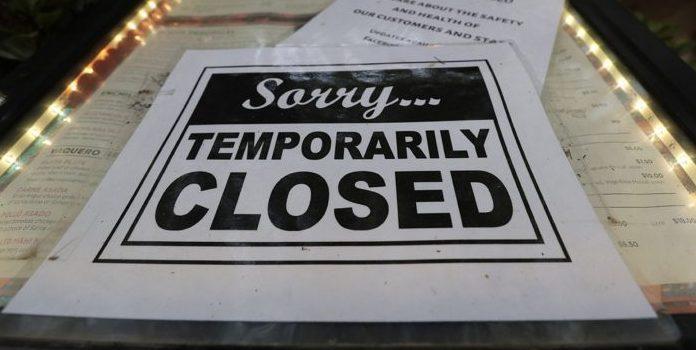(Headline USA) More Americans applied for jobless benefits last week as the number of unemployed continues to rise, though the labor market remains one of the semi-healthiest parts of President Joe Biden’s recession ailing U.S. economy.
Applications for jobless aid for the week ending July 30 rose by 6,000 to 260,000 from the previous week’s 254,000, the Labor Department reported Thursday. First-time applications generally reflect layoffs.
The four-week average for claims, which evens out the weekly ups and downs, also rose from the previous week, to 254,750.
The total number of Americans collecting jobless benefits for the week ending July 23 rose by 48,000 from the previous week, to 1,416,000. That figure has been near 50-year lows for months.
On Tuesday, the Labor Department reported that American employers posted fewer job openings in June as the economy contends with persistently high inflation and rising interest rates.
Job openings fell to a still-high 10.7 million in June from 11.3 million in May. Job openings, which never exceeded 8 million in a month before last year, had topped 11 million every month from December through May before dipping in June.
The Labor Department’s jobs report for July, due out Friday, is expected to show that employers tacked on another 250,000 jobs last month, which would be a healthy number in normal times but would be the lowest since December 2020, when the global economy was being ravaged by the pandemic.
Economists expect the unemployment rate to hold at 3.6% for the fifth straight month.
Though the labor market is still considered decent, there have been some high-profile layoffs announced recently by Tesla, Netflix, Carvana, Redfin and Coinbase. A host of other companies, particularly in the tech sector, have announced hiring freezes.
Other indicators point to serious weakness in the U.S. economy. The government said last week that the U.S. economy shrank 0.9% in the second quarter, the second straight quarterly contraction marking the start of recession, despite the Biden administration’s refusal to acknowledge such.
Consumer prices are still soaring, up 9.1% in June compared with a year earlier, the biggest yearly increase in four decades. In response, the Federal Reserve raised its main borrowing rate by another three-quarters of a point last week. That follows June’s three-quarter point hike and another half-point increase in May.
Higher rates have already sent home sales tumbling, made the prospect of buying a new car more burdensome and pushed credit card rates up.
All of those factors paint a bleak picture of the post-pandemic economy: Inflation is hammering household budgets, forcing consumers to pull back on spending, and growth is weakening as the country tumbles into recession.
Adapted from reporting by the Associated Press

